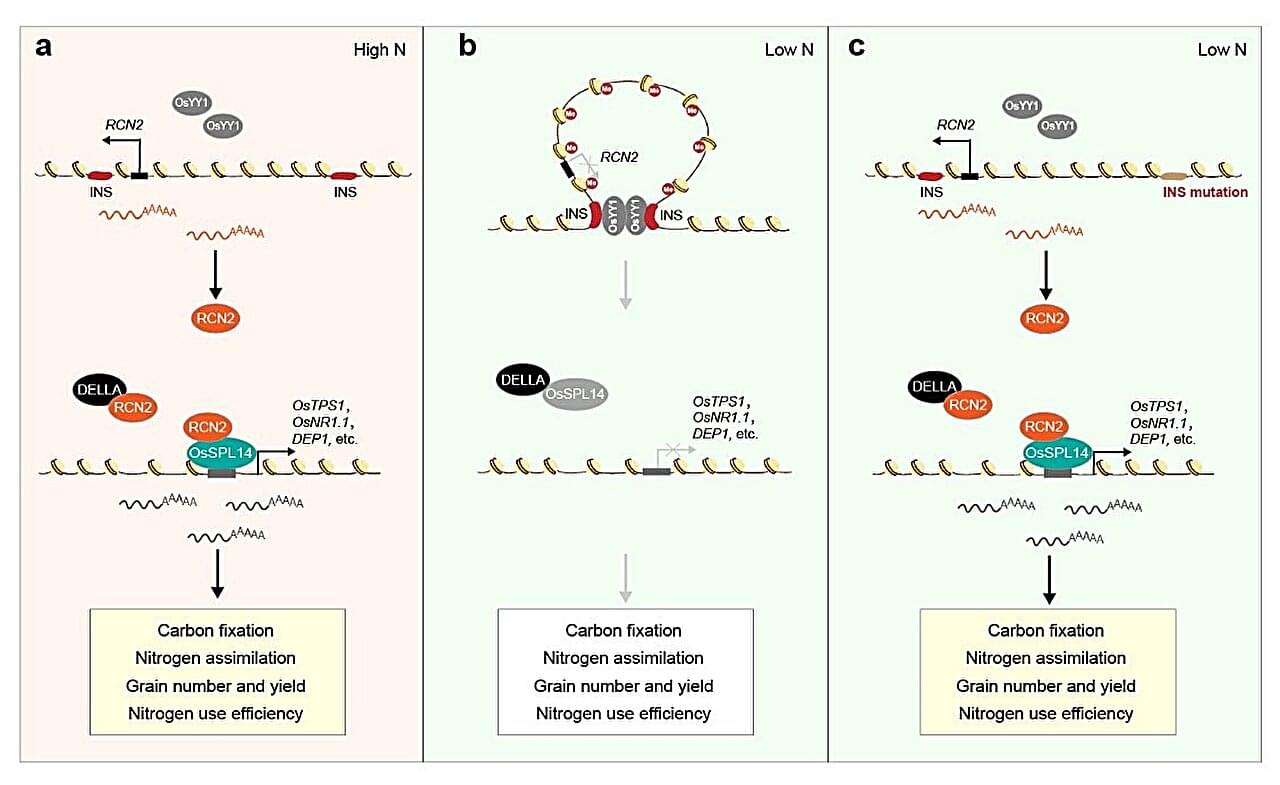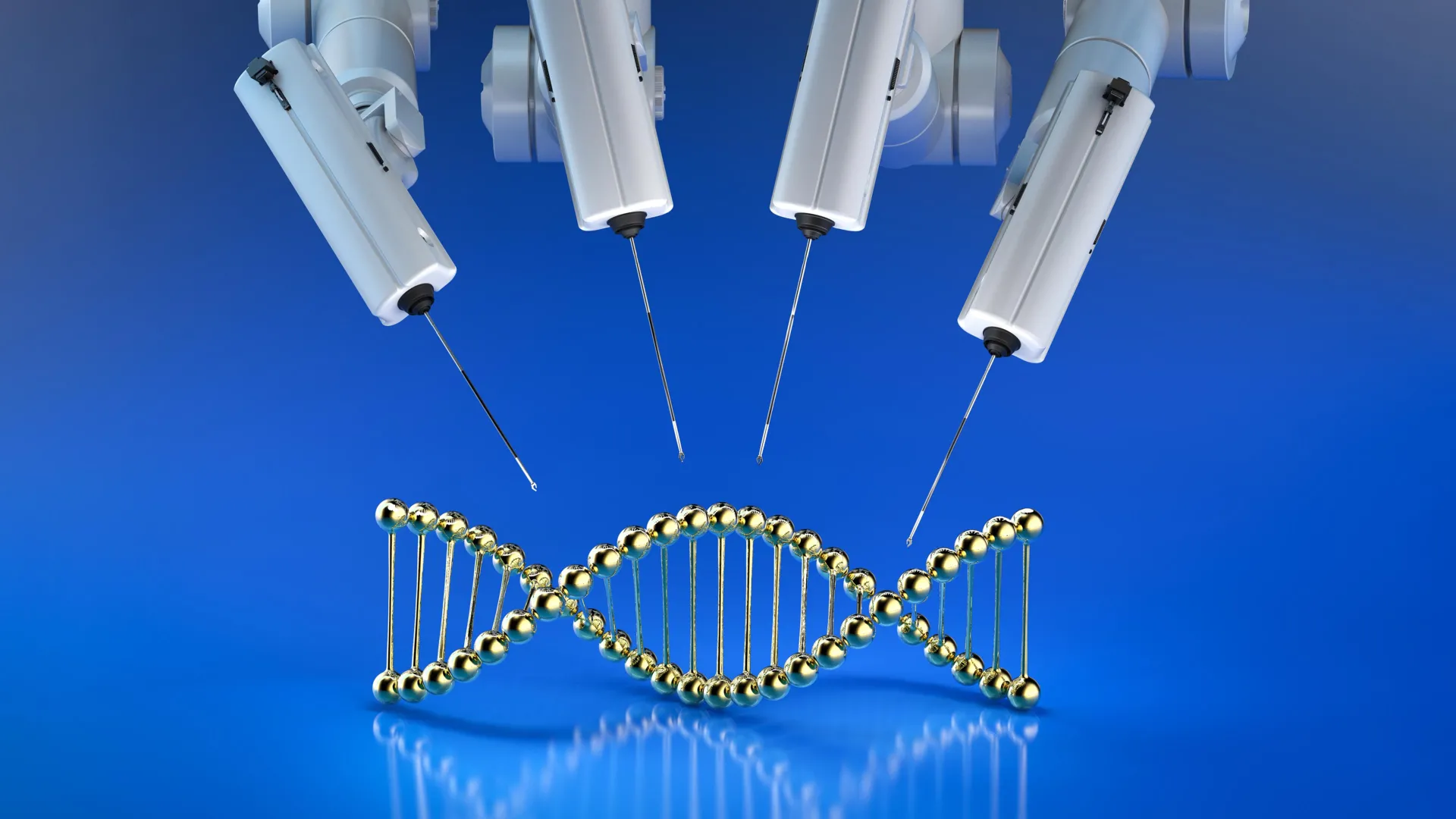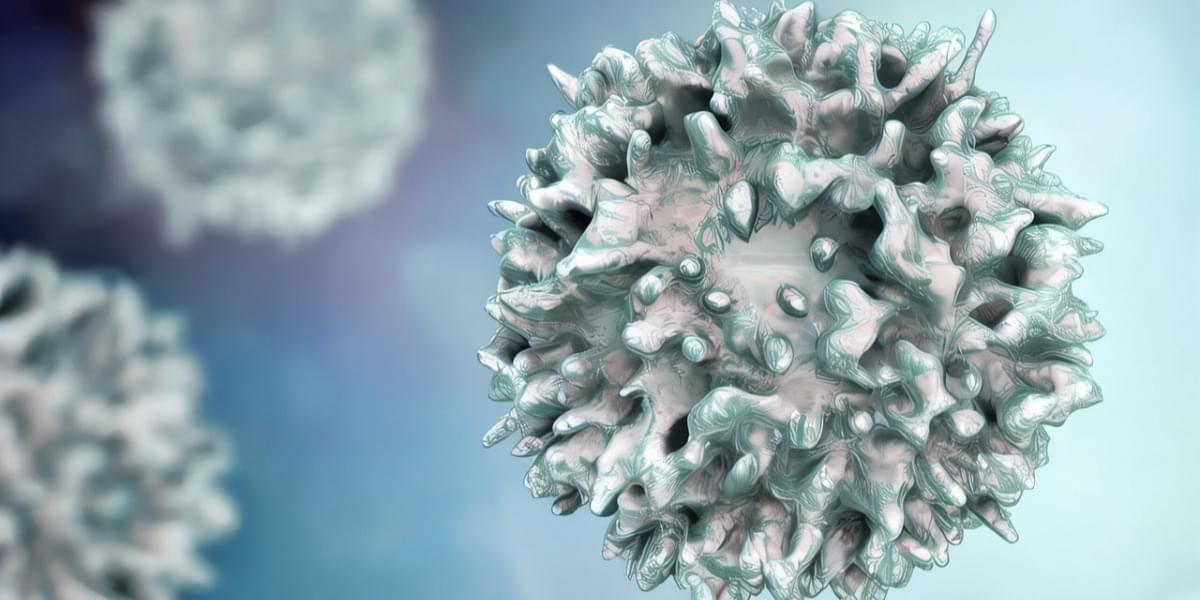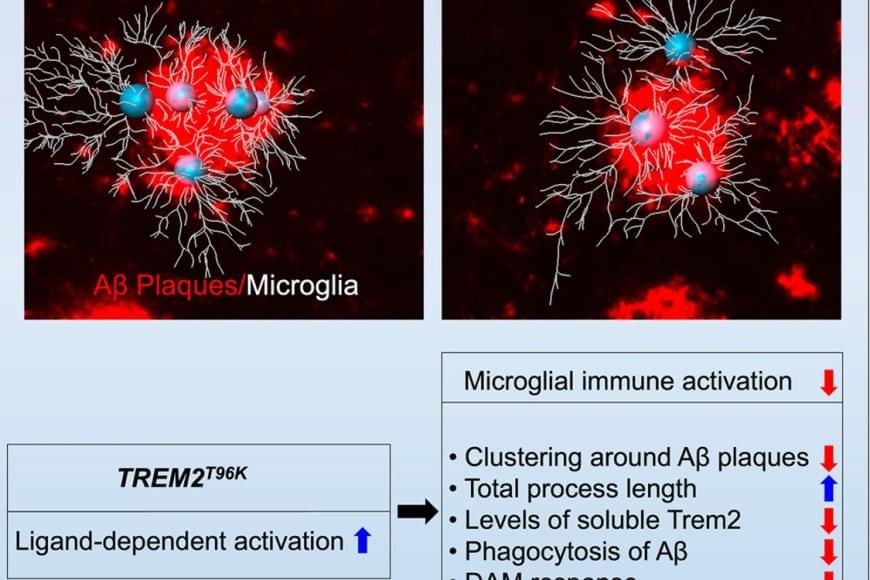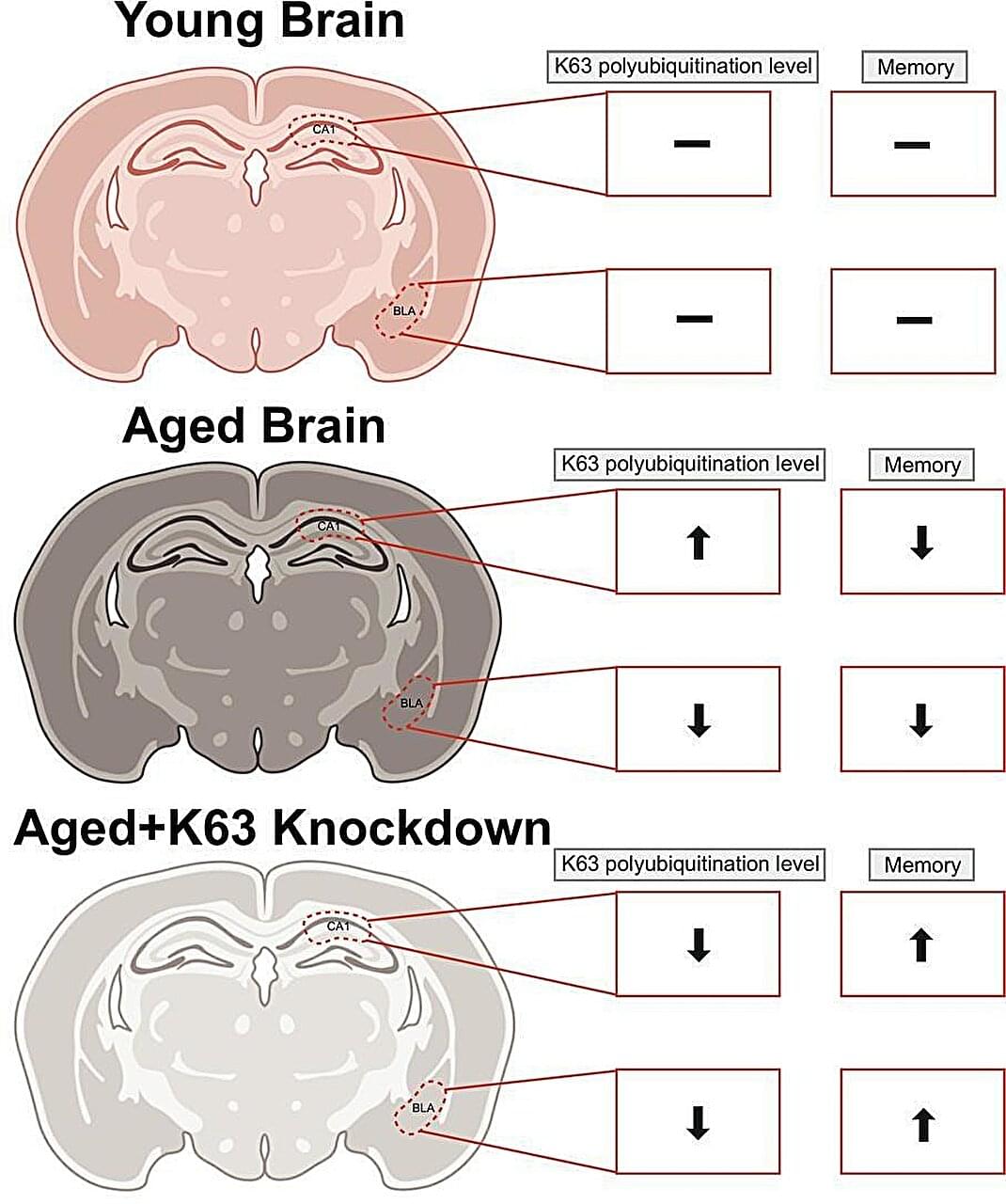A team of Chinese scientists has uncovered a hidden 3D structure in rice DNA that allows the crop to grow more grain while using less nitrogen fertilizer. The finding, published in Nature Genetics by researchers from the Chinese Academy of Sciences (CAS), could guide the next “green revolution” toward higher yields and more sustainable farming.
The study reveals that a looping section of DNA—a “chromatin loop”—controls the activity of a gene called RCN2, which governs how rice plants form their grain-bearing branches. Adjusting this loop boosted both yield and nitrogen use efficiency (NUE), two traits that normally conflict with each other.
According to Prof. Fu Xiangdong from the Institute of Genetics and Developmental Biology of CAS, who led the team, boosting crop yields depends on strengthening both the “source” and the “sink” within a plant. The source refers to tissues such as leaves that produce and release sugars through photosynthesis, while the sink includes the growing parts—grains, panicles, young leaves, stems, roots, and fruits—that store or consume those sugars. Improving both sides of this system simultaneously is essential for increasing yield and NUE.



